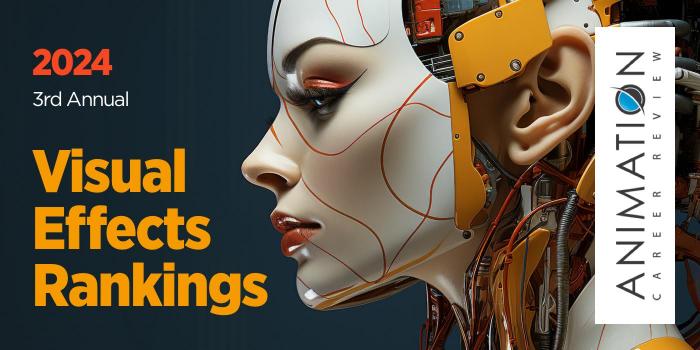Texas A&M University (TAMU) is home to the School of Performance, Visualization and Fine Arts. Newly redesigned on September 1, 2022, the school now includes Dance Science, Theater, Music Performance, and Visual Studies. The schools five undergraduate majors, three graduate programs, and 11 minors are managed by working directors, composers, computer graphics engineers, sound technologists, dancers, and many other artists.
For students seeking careers in visual effects, the School of Performance, Visualization and Fine Arts has a Visualization program leading to a BS, MS, or MFA. The MFA is one of a few programs of its kind in the U.S. and possibly the only one in Texas.
Established in 1989, the TAMU Visualization program is studio-based and cross-disciplinary, with an emphasis on experimentation. This allows students to explore areas such as interaction, computer graphics, design, visualization, and art. Through electives, students at all levels may also focus in any area of specialization. This includes visual effects.
Examples of VFX-related courses include Digital Rendering; Interactive Virtual Environments; Visualization Techniques; Digital Characters: Art, Technology, Uses and Meaning; Visual Studies Studios; Digital Compositing; Computing for Visualization; Interaction Design; Video and Time based Media; Creating Digital Environments; Multimedia Design and Development; and Virtual Reality.
To enhance the program, VFX students may add an additional emphasis area such as interactive design, animation and virtual production or visual computing. Students may also add a minor in Flim, Game Design and Development, Virtual Production, Music Technology, or other area.
All TAMU Visualization students also have the opportunity to complete 15-week, 600 hour internship; participate in the Semester Away Program in places such as Germany or Italy; and attend the Annual Career Fair. Undergraduate internships are worth six credit hours. Graduate internships are worth eight credits. TAMU Visualization students have interned at a major animation, game, and design studios.
Graduates of the Visualization programs at Texas A&M University are prepared to pursue careers in the entertainment industry, including visual effects, animation, and game design; interaction design; user interface design; and interactive design. TAMU Visualization alumni have been hired at major studios such as Industrial Light & Magic (ILM), Walt Disney Animation Studios, Pixar, DreamWorks Animation, and Reel FX.
TAMU Visualization graduates have been recognized by the Visual Effects Society Awards (VES), with nominations for work on productions such as Coco, Wall-E, Brave, Finding Dory, The Peanuts Movie, Toy Story of Terror, The Incredibles, King Fu Panda: The Emperor’s Quest, The Croods, Puss in Boots: The Last Wish, and Lightyear. The VES Awards honor visual effects in film, television, video games, and commercials.
Texas A&M University opened its doors in 1876 as the state’s first public Institution of higher learning. The school is one of the few universities in the nation to have land-, sea-, and space-grant designations. Serving approximately 77,490 students, Texas A&M is the largest university in Texas. With branch campuses in Galveston, Texas and Doha, Qatar, Texas A&M houses 17 colleges and schools that provide over 140 undergraduate programs and more than 270 graduate degree programs.
Texas A&M University is accredited by the Southern Association of Colleges and Schools Commission on Colleges (SACSCOC).







